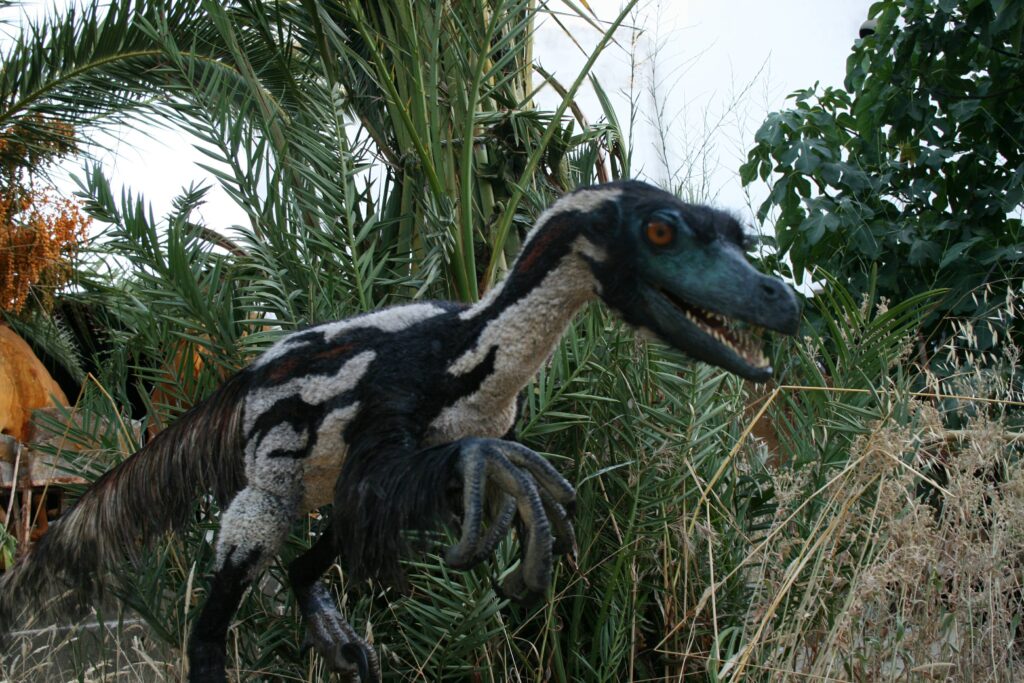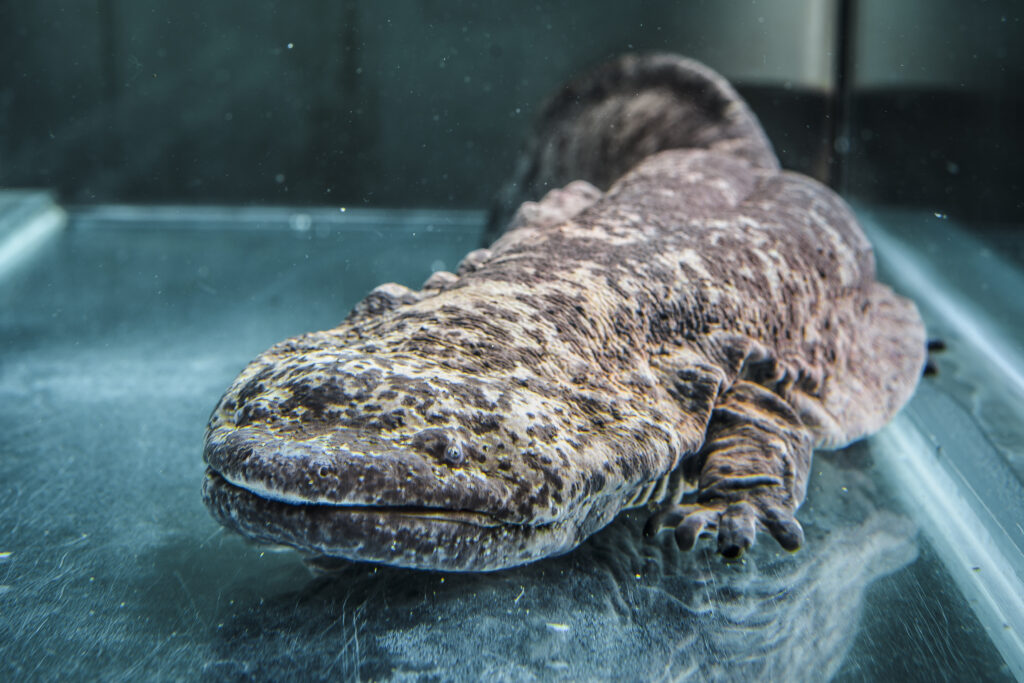The intelligence of extinct dinosaurs remains one of paleontology’s most fascinating puzzles. While we marvel at the problem-solving abilities of modern crows and the linguistic capabilities of parrots, questions persist about the cognitive capabilities of their ancient relatives. Since dinosaurs and birds share an evolutionary lineage, with birds being the only surviving dinosaur descendants, comparing their intelligence offers intriguing insights into cognitive evolution. This article explores the evidence for dinosaur intelligence and examines whether these prehistoric creatures might have possessed cognitive abilities that rivaled or even surpassed those of today’s avian species.
The Evolutionary Connection Between Birds and Dinosaurs

Modern birds evolved from theropod dinosaurs, a group that includes the famous Tyrannosaurus rex and smaller predators like Velociraptor. This evolutionary relationship, once controversial, is now firmly established through countless fossil discoveries showing transitional features between non-avian dinosaurs and birds. The discovery of feathered dinosaurs in China’s Liaoning Province provided definitive evidence of this connection. Today, birds are classified as avian dinosaurs, making them the sole surviving dinosaur lineage. This relationship provides the foundation for comparing intelligence between extinct dinosaurs and their modern descendants, as certain neural traits may have been inherited or evolved further in different branches of the dinosaur family tree.
Brain Size and the Encephalization Quotient
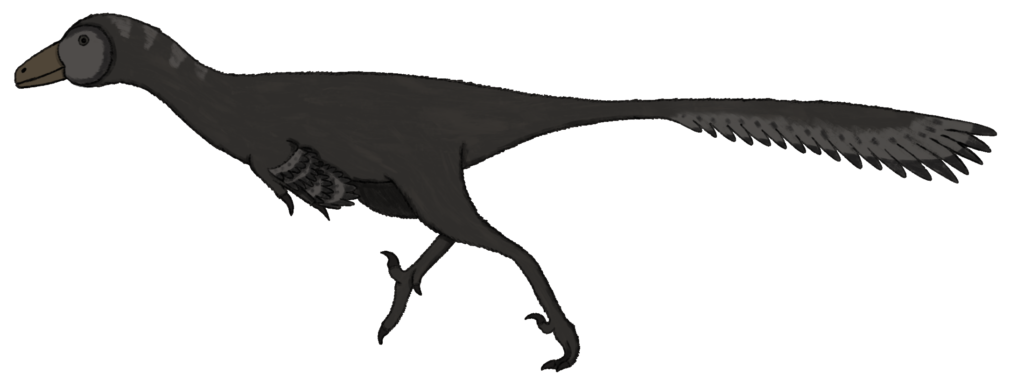
When evaluating animal intelligence, scientists often examine the encephalization quotient (EQ)—a measure comparing brain size to body size. Through careful study of fossil endocasts (natural molds of brain cavities), paleontologists have been able to estimate the brain sizes of various dinosaur species. Interestingly, some dinosaurs, particularly smaller theropods like Troodon, possessed relatively large brains for their body size. Troodon’s EQ approached that of modern flightless birds like ostriches and emus. However, most dinosaurs had significantly smaller EQs than typical modern birds, suggesting that the extreme encephalization seen in corvids (crows and ravens) and parrots may have evolved after the extinction of non-avian dinosaurs. This brain expansion in modern birds may represent an evolutionary response to the cognitive demands of flight and complex social behaviors.
The Remarkable Intelligence of Troodontids
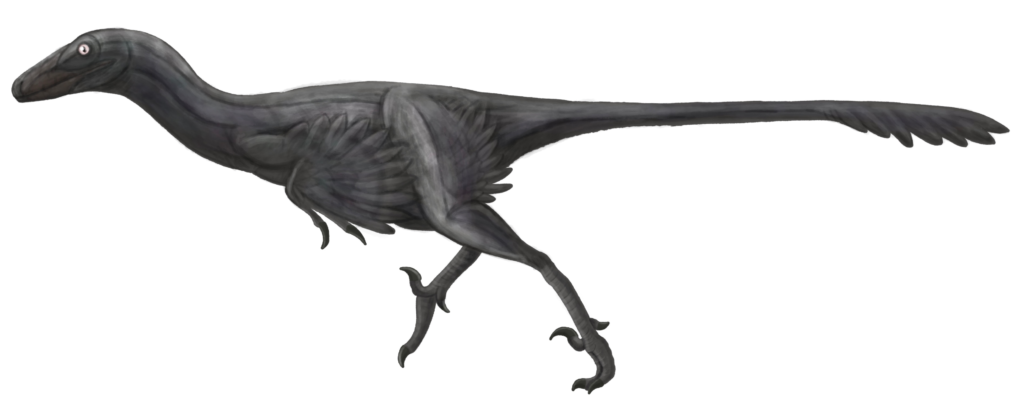
Troodontids, a family of small, bird-like theropod dinosaurs, stand out in discussions about dinosaur intelligence. These dinosaurs possessed brain-to-body ratios comparable to those of modern birds, with enlarged cerebral hemispheres suggesting enhanced cognitive abilities. Fossil evidence indicates that Troodon had exceptional vision, with large eye sockets and optical lobes that would have supported detailed visual processing and possibly nocturnal hunting. Their brain structure shows expanded regions associated with higher cognitive functions, including areas that, in modern animals, process complex sensory information and coordinate sophisticated behaviors. Some paleontologists speculate that if troodontids had survived the Cretaceous-Paleogene extinction event, they might have evolved intelligence comparable to or exceeding that of modern corvids, widely considered the most intelligent birds today.
Social Complexity in Dinosaur Communities
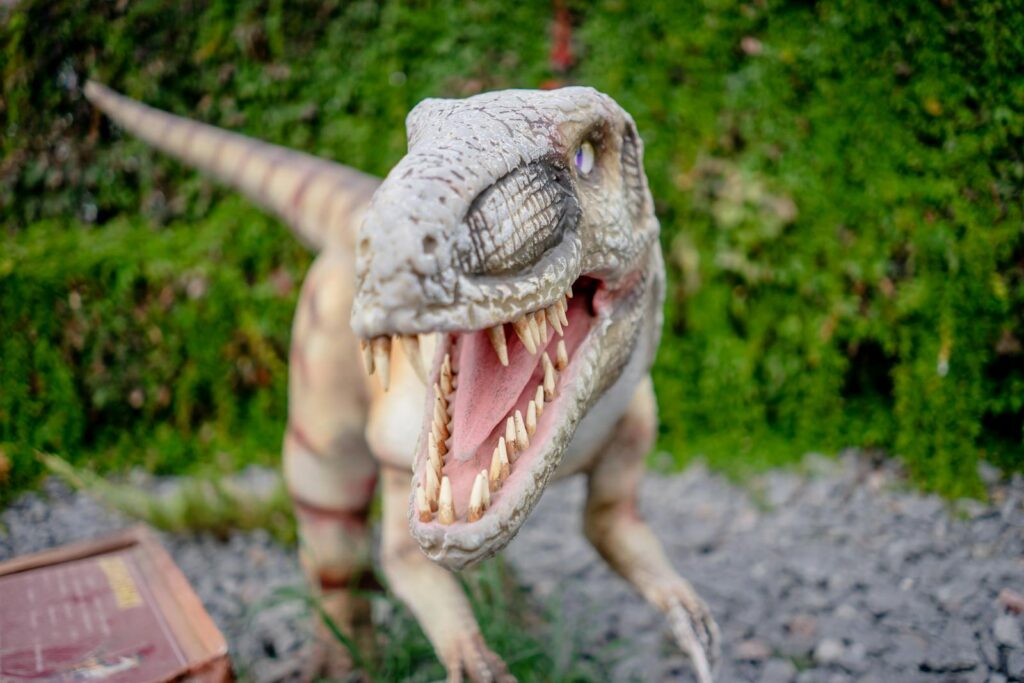
Social complexity often correlates with cognitive development, as navigating group dynamics requires substantial mental capabilities. Fossil evidence suggests many dinosaur species lived in complex social groups. Trackway fossils showing multiple individuals moving in coordinated patterns indicate herd behavior in many herbivorous dinosaurs. More intriguing are the pack-hunting behaviors suggested by fossil assemblages of dromaeosaurids (raptor dinosaurs) found near potential prey animals. Colonial nesting sites discovered for species like Maiasaura (“good mother lizard”) reveal sophisticated parental care behaviors, suggesting social structures more complex than once believed. These social dynamics would have required some degree of communication and coordination, potentially driving the evolution of greater cognitive abilities in certain dinosaur lineages, similar to how social pressures have shaped intelligence in modern corvids and primates.
Brain Structure and Specialized Regions
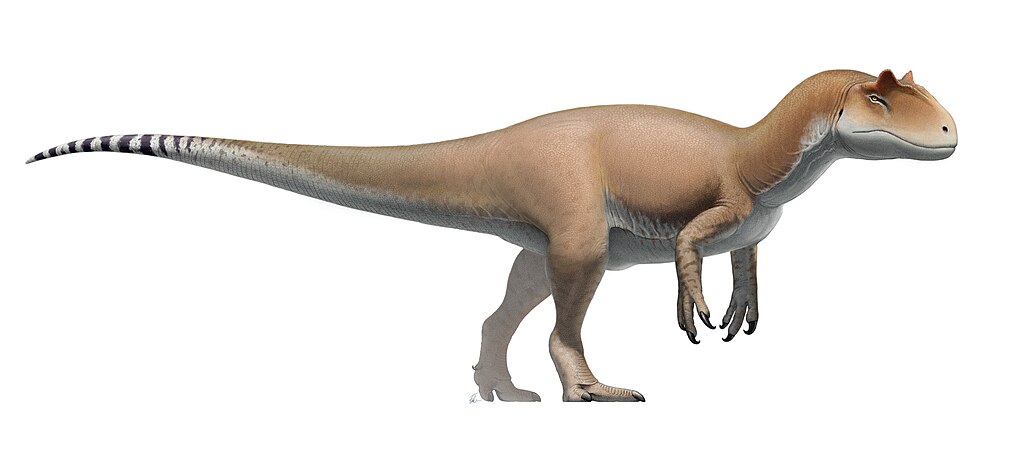
Beyond mere size, brain structure provides crucial insights into cognitive potential. Advanced imaging techniques applied to dinosaur endocasts have revealed surprising details about neural organization in some species. Particularly interesting are the expanded cerebellums found in certain theropods, suggesting enhanced motor coordination and potentially the ability to plan complex movements. Some predatory dinosaurs show enlarged olfactory bulbs, indicating sophisticated sense processing that may have required significant neural computing power. The orientation and size of various brain regions in dinosaurs like Tyrannosaurus and Allosaurus suggest they possessed sensory capabilities that would have required substantial brain power to process and integrate. While most dinosaurs lacked the proportionally large cerebral cortex seen in today’s most intelligent birds, some species had neural organizations that hint at specialized cognitive abilities suited to their ecological niches.
Problem-Solving Abilities and Tool Use
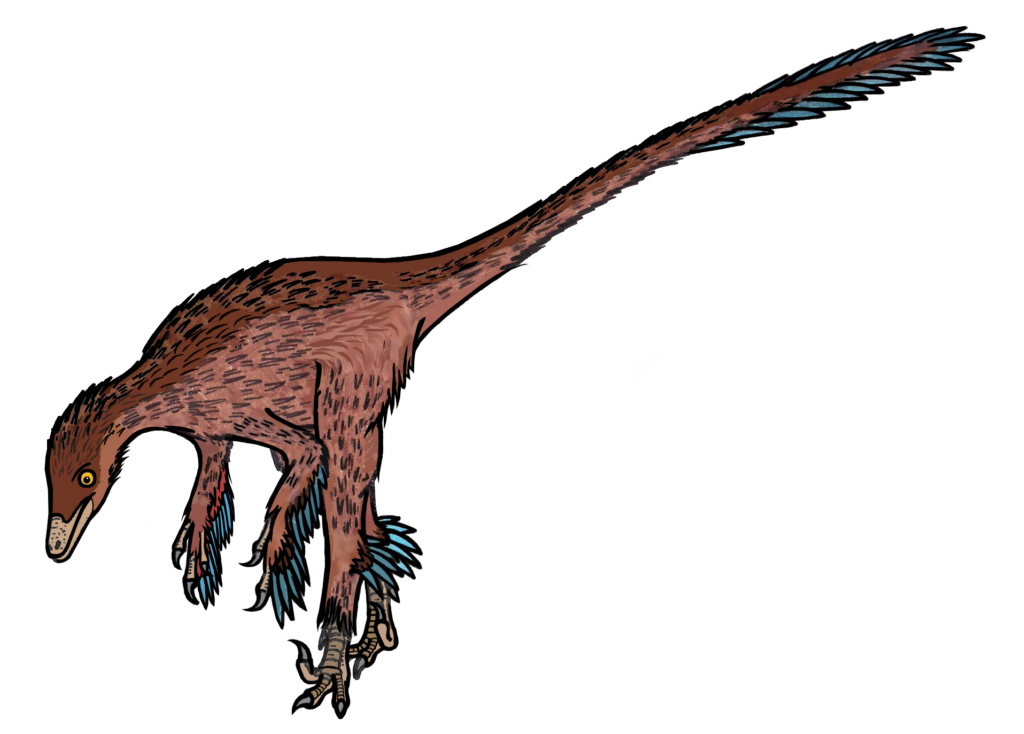
Among the most compelling evidence for advanced cognition in modern birds is their demonstrated problem-solving ability and tool use. New Caledonian crows fashion tools from materials to extract food, while kea parrots solve multi-step puzzles with apparent ease. While we cannot directly observe such behaviors in extinct dinosaurs, certain anatomical features suggest the potential for similar capabilities. The dexterous three-fingered hands of many theropods, particularly dromaeosaurids and troodontids, could potentially have manipulated objects with precision. Combined with their relatively large brains, these physical adaptations might have enabled basic tool use or environmental manipulation. Some paleontologists have suggested that certain predatory dinosaurs might have employed hunting strategies requiring substantial problem-solving abilities, such as coordinated ambushes or flushing prey from cover – behaviors that would indicate cognitive flexibility comparable to that seen in modern predatory birds.
The Mystery of Dinosaur Communication

Communication complexity offers another window into cognitive abilities. Modern birds possess remarkably sophisticated communication systems, including the elaborate vocalizations of songbirds and the mimicry abilities of parrots. Evidence for dinosaur communication comes from various sources, including the elaborate crests of lambeosaurines, which functioned as resonating chambers capable of producing distinctive sounds. Recent research suggests that dinosaurs likely possessed the neurological hardware for producing and processing complex vocalizations. The discovery of a fossilized syrinx (the vocal organ in birds) in a Late Cretaceous bird relative suggests that sophisticated vocalization may have evolved in the dinosaur lineage before modern birds. If non-avian dinosaurs possessed complex communication systems, they would have required neural frameworks to support these behaviors, potentially indicating cognitive abilities comparable to vocally sophisticated modern birds.
Predator Intelligence: Hunters Need Smarts

Predatory lifestyles often correlate with enhanced intelligence, as successful hunting frequently requires problem-solving, spatial awareness, and sometimes cooperative behaviors. Carnivorous dinosaurs like dromaeosaurids (raptors) possessed anatomical features suggesting sophisticated hunting strategies, including grasping hands, binocular vision, and agile bodies capable of rapid movements. The enlarged brain cases of the Velociraptor and its relatives hint at cognitive abilities potentially surpassing those of many modern reptiles. Fossil evidence occasionally captures predator-prey interactions, such as the famous “fighting dinosaurs” specimen showing a Velociraptor locked in combat with a Protoceratops. Such encounters would have demanded rapid processing of spatial information, predictive cognition, and quick decision-making—all hallmarks of advanced intelligence. If these predatory dinosaurs employed cooperative hunting strategies similar to modern wolves or lions, they would have required even more sophisticated social cognition.
The Cognitive Demands of Survival in the Mesozoic

The Mesozoic Era presented unique environmental challenges that may have selected for specific cognitive adaptations in dinosaurs. Unlike today’s world, where mammals dominate many ecological niches, dinosaurs filled virtually every role in terrestrial ecosystems for over 160 million years. This dominance across body sizes and feeding strategies suggests cognitive adaptability that allowed dinosaurs to outcompete other groups. The arms race between predator and prey intelligence likely drove cognitive evolution in both groups. Herbivorous dinosaurs needed to detect and evade sophisticated predators, while carnivores needed to outsmart increasingly wary prey. These ecological pressures, combined with complex social structures evident in many dinosaur groups, would have created selection pressures favoring individuals with superior cognitive abilities, potentially driving the evolution of intelligence in ways that parallel but possibly exceed the evolutionary path taken by modern birds.
Comparing Dinosaur and Modern Bird Learning Abilities

Learning capacity represents a crucial aspect of intelligence that’s difficult to assess in extinct animals. Modern birds demonstrate remarkable learning abilities, with corvids showing episodic-like memory and parrots mastering abstract concepts. While we cannot directly test dinosaur learning, certain neural structures associated with learning and memory can be partially inferred from endocasts. Some theropod dinosaurs possessed enlarged forebrains with areas potentially homologous to the avian hippocampus and pallium—regions crucial for spatial memory and learning in modern birds. The relatively large size of these regions in certain dinosaur species suggests learning capabilities that may have approached those of some modern birds. However, the extreme neural specializations seen in the most intelligent modern birds, such as ravens and African grey parrots, appear to be evolutionary innovations that occurred after the dinosaur-bird split, though they built upon neural foundations already present in their dinosaurian ancestors.
The Role of Warm-Bloodedness in Cognitive Development
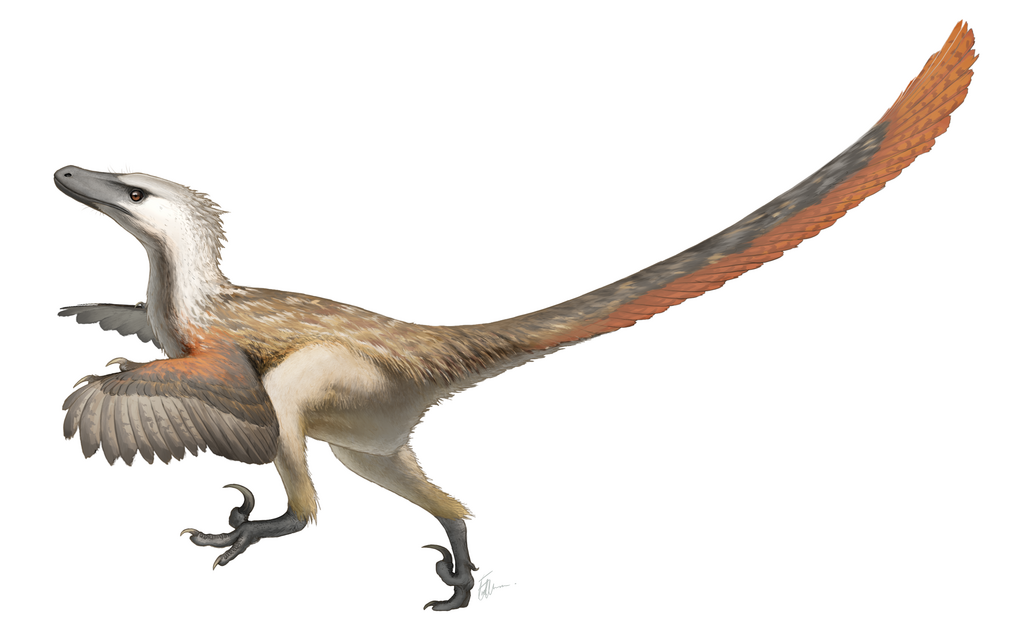
Metabolic rate plays a crucial role in supporting brain function, with endothermic (warm-blooded) animals generally capable of sustaining higher levels of neural activity than ectothermic ones. Evidence strongly suggests that many dinosaurs, particularly theropods and possibly other groups, possessed metabolic rates intermediate between modern reptiles and birds. Growth patterns in dinosaur bones indicate sustained rapid growth typical of endothermic animals, while specialized respiratory structures similar to those in birds would have supported high metabolic demands. This elevated metabolism would have provided the energy budget necessary to support more complex brain functions. If certain dinosaur lineages approached the full endothermy seen in modern birds, they could have sustained the constant high neural activity required for advanced cognition. This metabolic capacity might have enabled cognitive abilities in some dinosaur species that surpassed those of modern reptiles and approached those of some avian groups.
What We Can Learn from Modern Reptile Intelligence
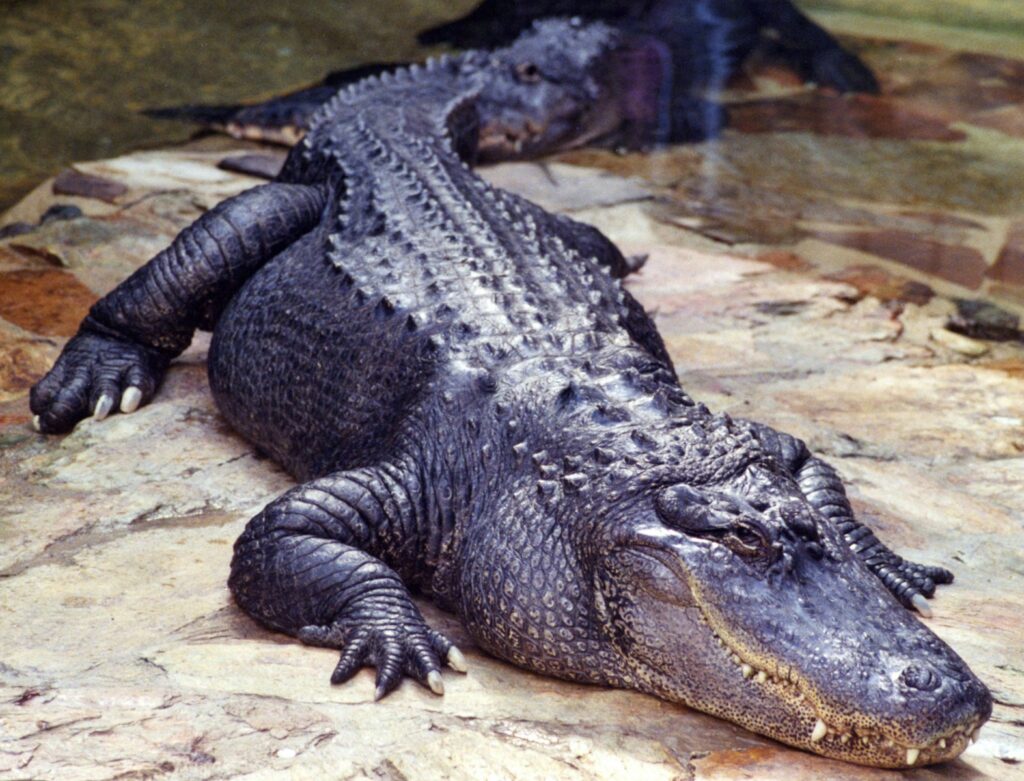
Though birds are dinosaurs’ only living descendants, examining intelligence in modern reptiles provides additional context for understanding dinosaur cognition. Recent research has revealed surprising cognitive abilities in reptiles previously considered relatively simple-minded. Crocodilians, the closest living relatives to dinosaurs besides birds, demonstrate tool use, cooperative hunting, and long-term memory. Monitor lizards show problem-solving abilities comparable to some mammals, while certain tortoise species exhibit impressive spatial memory. These findings suggest that the common ancestor of dinosaurs and modern reptiles may have possessed greater cognitive potential than previously recognized. If relatively large-brained dinosaurs built upon this baseline reptilian intelligence with the advantages of larger brain size, higher metabolism, and complex social structures, they may have achieved cognitive abilities exceeding those of modern reptiles and potentially rivaling some modern birds, though likely not the most advanced avian thinkers like corvids and parrots.
Future Research Directions and Technologies

Advancing technology continues to open new windows into dinosaur neurobiology and potential intelligence. High-resolution CT scanning now allows paleontologists to create detailed three-dimensional models of dinosaur endocranial cavities, revealing previously inaccessible details about brain structure. Comparative studies between dinosaur endocasts and the brains of modern birds and reptiles are identifying evolutionary patterns in neural development. Advanced computer modeling techniques can now simulate neural networks based on brain architecture, potentially allowing future researchers to create functional models of dinosaur cognition. Ongoing discoveries of exquisitely preserved fossils, particularly from sites with exceptional preservation like China’s Jehol Biota, continue to provide new insights into dinosaur soft tissues and sensory structures. These technological and methodological advances suggest that future research will continue to refine our understanding of dinosaur intelligence, potentially revealing cognitive capabilities that challenge our current assumptions about the evolution of intelligence in the dinosaur lineage.
Conclusion: The Cognitive Legacy of Dinosaurs
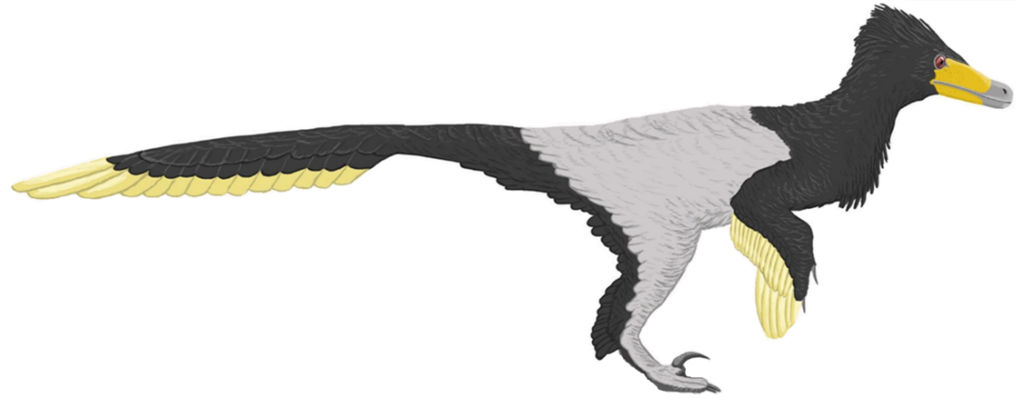
While the question of whether dinosaurs were smarter than modern birds cannot be definitively answered, the evidence suggests a nuanced picture. Certain dinosaur groups, particularly small theropods like troodontids, possessed neural architecture indicating substantial cognitive abilities that may have rivaled those of some modern birds. However, the extreme intelligence seen in corvids and parrots appears to represent evolutionary innovations that developed after the dinosaur-bird split. Rather than viewing dinosaur intelligence as a simple comparison to modern birds, it’s more accurate to recognize that different dinosaur lineages evolved various types of intelligence suited to their ecological niches and survival needs. The cognitive legacy of dinosaurs lives on in modern birds, whose remarkable intelligence builds upon neural foundations established in their dinosaurian ancestors. As research continues, our understanding of dinosaur cognition will likely reveal increasingly sophisticated mental capabilities in these fascinating prehistoric creatures, blurring the lines between ancient and modern minds.

